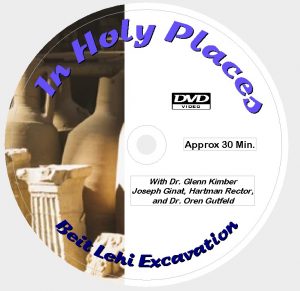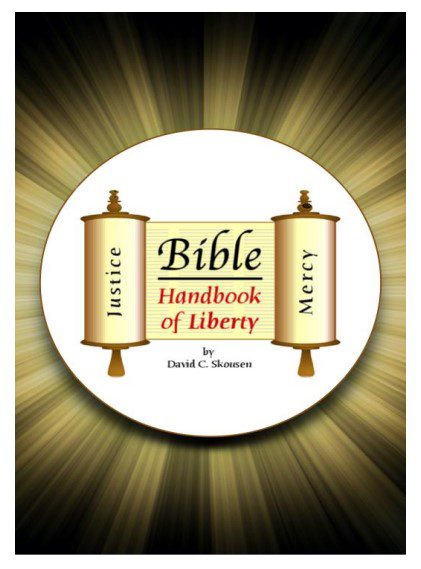Shop for Books and More
Categories
Discover the 28 Principles of Freedom our Founding Fathers said must be understood and perpetuated by every people who desire peace, prosperity, and freedom. Learn how adherence to these beliefs during the past 200 years has brought about more progress than was made in the previous 5000 years. These 28 Principles include The Genius of Natural Law, Virtuous and Moral Leaders, Equal Rights–Not Equal Things, and Avoiding the Burden of Debt. (Approx 350 pages)
$14.95
This book by Christopher S. Bentley quotes latter-day prophets about our revered Constitution. A great guide and reference for knowing what they’ve said about its formation, its power, and its fulfillment of prophecy. Find out what they said is going to become of it. 204 pages
$14.95 Original price was: $14.95.$9.95Current price is: $9.95.
This book covers America’s past and future — how Joan of Arc played a surprising role in America’s destiny, how Columbus’s contribution changed the world, and how prophetic statements about the exciting future of God’s “Promised Land” fulfilled what Benjamin Franklin called America’s “Manifest Destiny.” Oriented towards Latter-Day-Saints. Thoroughly documented. (66 pages)
$7.99 – $19.95Price range: $7.99 through $19.95
This manual presents the Founding Fathers’ beliefs in this great land and the principles they used to settle and establish our nation. Dr. Glenn J. Kimber teaches a slide show presentation on DVD, which accompanies this Manual.
$19.95
New for ages 6 – 8. Parents can use this book as a guide for teaching the basic concepts and principles of zoology — animals and pets from a child’s point of view. The children create their own scrap book showing different animals as you study them. They have the opportunity to draw, color, cut out and paste the five animal types as related in Genesis: fish, birds, beasts, cattle, and creeping things (including insects). Discussion of each category includes scriptural insights, projects, and ideas for hands-on learning. Permission is given to copy the scrapbook pages for immediate family use.
$7.99 – $15.95Price range: $7.99 through $15.95
New for ages 6 – 8. Students use this book as a guide for teaching the basic concepts and principles of animals and pets from a child’s point of view. The children create their own scrap book showing different animals as you study them. They have the opportunity to draw, color, cut out and paste the five animal types as related in Genesis: fish, birds, beasts, cattle, and creeping things (including insects). Discussion of each category includes scriptural insights, projects, and ideas for hands-on learning.
$7.99 – $13.99Price range: $7.99 through $13.99
This DVD, with Glenn Kimber and the late Hartman Rector, Jr., shows the history of the Beit Lehi Excavation. The students of Kimber Academy are shown discovering exciting ancient caves and artifacts dating back to 600 B.C., according to archaeologists. 30 minutes.
$9.95
This outstanding 2-volume handbook by David Cleon Skousen, shows how the quests for liberty and freedom in the Bible have influenced the entire world’s history for over 6,000 years. The U.S. Constitution and Declaration of Independence are included, proving how these two inspired documents are Bible-based. Perfect for your Bible study this year. About 200 pages in each volume.
$49.95
Service is the key to self-worth and happiness. The Bible assures us that when we are serving others, we are actually serving Christ (Matthew 25:40 ).This manual helps children use their language arts, art, music, poetry, reading, and writing skills for creative service projects.
(Ages 5-8)
$16.95
This workbook, “Language Arts — CALLED TO SERVE by improving my talents” students will have fun learning to serve other people with their talents in art, music, poetry, reading and writing. (123 pages)
$13.95









